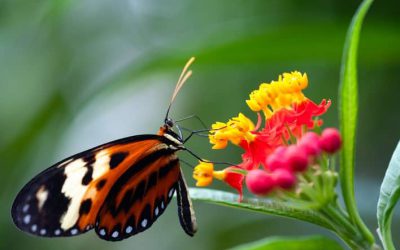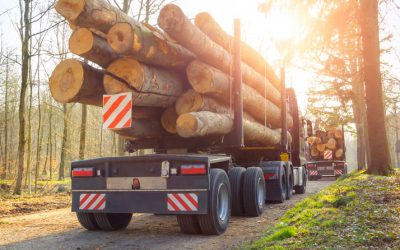Evolution and Ecology
The Evolution and Ecology Program analyzes and forecasts how ecological and evolutionary dynamics shape populations, communities, and ecosystems in order to build bridges between the different dimensions that comprise the analysis of living systems. The innovative methods developed by the program’s researchers are inspired by the dynamics of living systems and integrate key facets of modern applied systems analysis.
Selected highlights
Analyzing potential shocks to financial systems
Understanding the dynamics of an emerging economy like Mexico requires insight into the shocks that could impact its external financial account and particularly its stock market. IIASA researchers analyzed interactions between risk and financial interrelations to provide policy recommendations aimed at lessening or avoiding risk.
Improving descriptions of biodiversity dynamics
Eco-evolutionary models are becoming increasingly important for biodiversity management as they enhance the realism of how underlying processes are represented. IIASA researchers contributed towards improving descriptions of biodiversity dynamics by using newly available data and incorporating evolutionary processes into ecological models.
Policy advice informed by evolutionary fisheries science
Fishing not only affects the numbers of fish, but also their heritable characteristics through evolutionary changes. IIASA research in this area sheds light on how fish reproduce under increasing fishing pressure, which has important implications for the regulation of fisheries.
Facilitating the sustainable use of common resources
Ensuring the sustainable use and preservation of common resources is one of the major challenges facing humanity over the next century. Three studies undertaken by IIASA researchers in 2018 looked into conditions that would make this possible.



